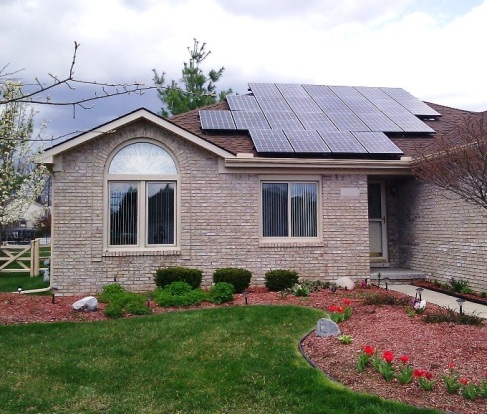101+ Ways to Save Energy in Your Home
Once there was a homeowner by the name of Jim. Jim worked hard for his paycheck, but had enough to cover the monthly expenses and have some left over to enjoy. Jim liked to take his wife Kris out to dinner and then to the latest movie. They traveled up north during the summer for a vacation and every other year they also took a trip to the sunny south during the cold winter to see Mickey Mouse and his crew. Jim was also able to put some dollars aside for retirement and the kid’s education. Each month the utility bills would come and they like most other bills seemed to be growing faster than Jim’s paycheck. Jim gathered the family together and said, “We need to find a way to reduce our monthly bills or we will need to eliminate college saving or retirement saving or our leisure activities such as dining out, movies and vacations.” Jim’s family did not want to lose any of those hard-earned choices. Jim and his family began shopping with coupons to save money. They drove the car less and replaced the gas guzzler with a car that got much better gas mileage. But they were frustrated on additional ways to save on their monthly bills. They began to look at the utility bills and decided it was time to attack the amount of energy and water they were using. But where do they look for a collection of energy-saving tips that an average family in Michigan can use? Where do they find a list they can review and determine what fits their lifestyle? Well they found the answer when they downloaded the MES 101+ Ways to Save Energy and it was FREE! Now they are reviewing the list and implementing many of those ideas and seeing the energy usage and the monthly utility bills going down. You too can find unique and helpful ways to save on your utilities each month. Just download our FREE e-book with 101+ ideas you can put into effect now to save. Many won’t cost you a dime to put into practice!
If you have questions, call us today!
It’s a good time of year to have our trained experienced air conditioning Technicians solve your cooling problems whether you live in Ann Arbor, in Canton, Novi, Northville, or Plymouth.
Contact us at www.mes1.com or call us @ (734) 453-6746




Written
on June 12, 2013